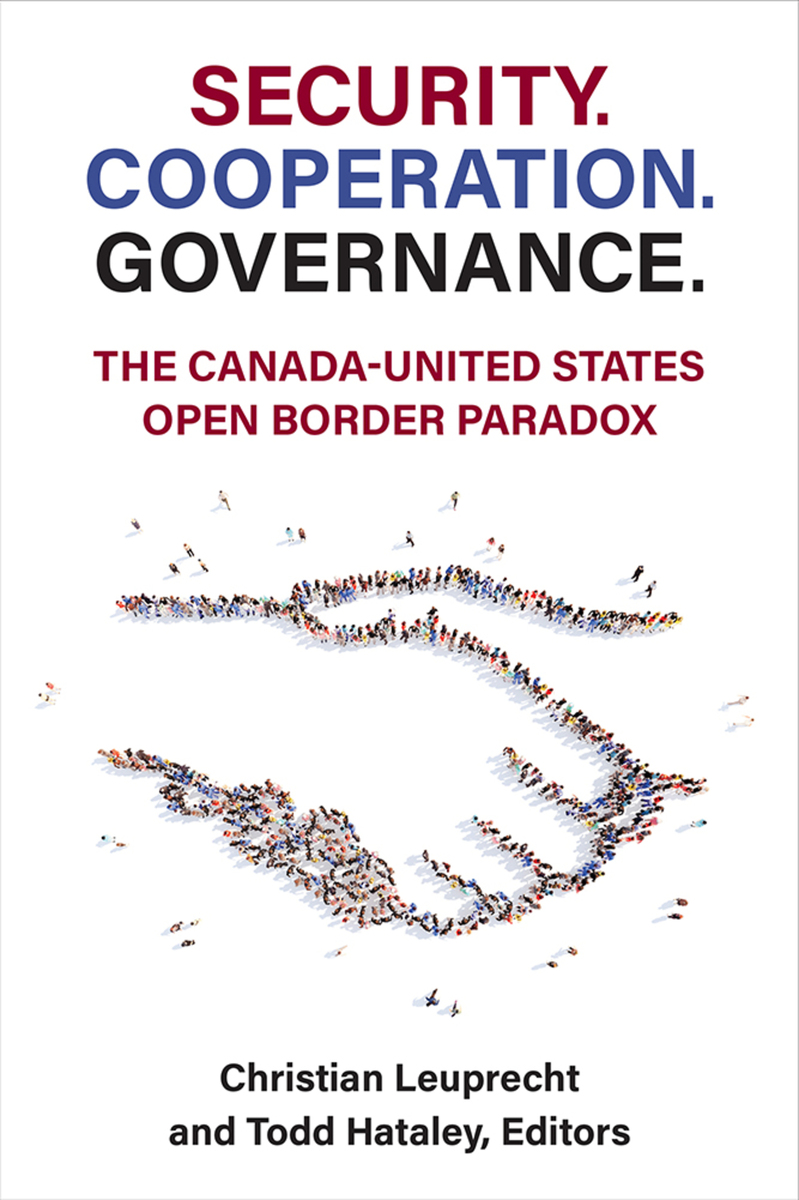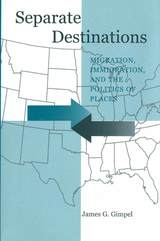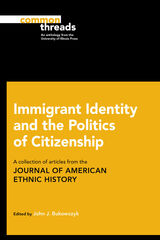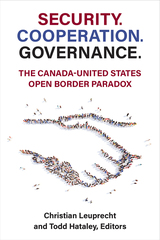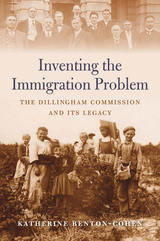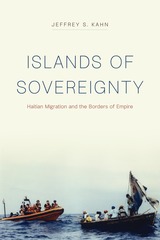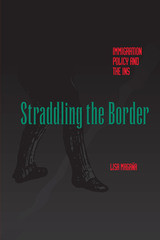Security. Cooperation. Governance.: The Canada-United States Open Border Paradox
University of Michigan Press, 2023
eISBN: 978-0-472-90305-4 | Cloth: 978-0-472-07571-3 | Paper: 978-0-472-05571-5
Library of Congress Classification JV6483
Dewey Decimal Classification 327.73071
eISBN: 978-0-472-90305-4 | Cloth: 978-0-472-07571-3 | Paper: 978-0-472-05571-5
Library of Congress Classification JV6483
Dewey Decimal Classification 327.73071
ABOUT THIS BOOK | AUTHOR BIOGRAPHY | REVIEWS | TOC | REQUEST ACCESSIBLE FILE
ABOUT THIS BOOK
Historically, national borders have evolved in ways that serve the interests of central states in security and the regulation of trade. This volume explores Canada–US border and security policies that have evolved from successive trade agreements since the 1950s, punctuated by new and emerging challenges to security in the twenty-first century. The sectoral and geographical diversity of cross-border interdependence of what remains the world’s largest bilateral trade relationship makes the Canada–US border a living laboratory for studying the interaction of trade, security, and other border policies that challenge traditional centralized approaches to national security.
The book’s findings show that border governance straddles multiple regional, sectoral, and security scales in ways rarely documented in such detail. These developments have precipitated an Open Border Paradox: extensive, regionally varied flows of trade and people have resulted in a series of nested but interdependent security regimes that function on different scales and vary across economic and policy sectors. These realities have given rise to regional and sectoral specialization in related security regimes. For instance, just-in-time automotive production in the Great Lakes region varies considerably from the governance of maritime and intermodal trade (and port systems) on the Atlantic and Pacific coasts, which in turn is quite different from commodity-based systems that manage diverse agricultural and food trade in the Canadian Prairies and US Great Plains.
The paradox of open borders and their legitimacy is a function of robust bilateral and multilevel governance based on effective partnerships with substate governments and the private sector. Effective policy accounts for regional variation in integrated binational security and trade imperatives. At the same time, binational and continental policies are embedded in each country’s trade and security relationships beyond North America.
The book’s findings show that border governance straddles multiple regional, sectoral, and security scales in ways rarely documented in such detail. These developments have precipitated an Open Border Paradox: extensive, regionally varied flows of trade and people have resulted in a series of nested but interdependent security regimes that function on different scales and vary across economic and policy sectors. These realities have given rise to regional and sectoral specialization in related security regimes. For instance, just-in-time automotive production in the Great Lakes region varies considerably from the governance of maritime and intermodal trade (and port systems) on the Atlantic and Pacific coasts, which in turn is quite different from commodity-based systems that manage diverse agricultural and food trade in the Canadian Prairies and US Great Plains.
The paradox of open borders and their legitimacy is a function of robust bilateral and multilevel governance based on effective partnerships with substate governments and the private sector. Effective policy accounts for regional variation in integrated binational security and trade imperatives. At the same time, binational and continental policies are embedded in each country’s trade and security relationships beyond North America.
See other books on: Border security | Canadian | Canadian-American Border Region | Commerce | Security measures
See other titles from University of Michigan Press
